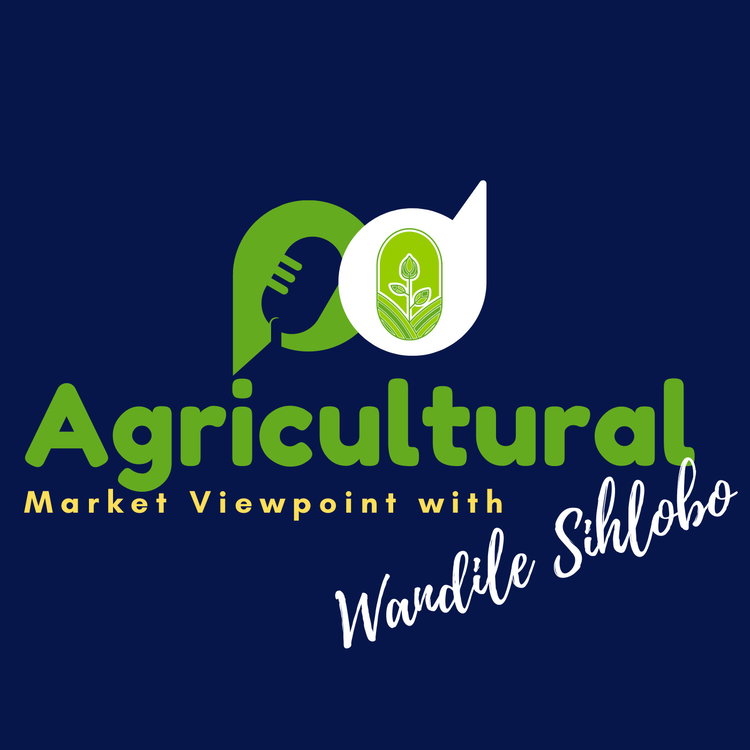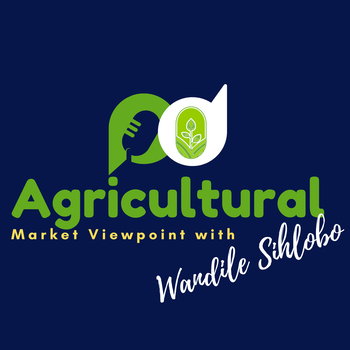
SA red meat and wool exports are recovering
Loading player...
The past two years presented major challenges for the South African livestock industry. The spread of the Foot-and-Mouth Disease (FMD) and higher feed costs were the two major factors that weighed on their business.
As farmers, various feedlots, and the government worked to control the spread of the FMD, the impact was deepening on the revenues of farming businesses as they suddenly had to limit the movement of animals, and various export markets were temporarily closed. In the case of the beef industry, in 2022, the exports fell below the prior five-year average, totalling 26 881 tonnes, down 16% year-on-year, according to data from Trade Map. The exports recovered slightly in 2023, up 3% year-on-year to 27 675 tonnes.
Even as the beef industry confronted these challenges, it had already resolved that widening the export market would catalyze its long-term growth. There was evidence pointing to the expansion of exports. For example, between 2017 and 2021, South Africa's overall beef exports averaged 31 169 tonnes.
This was notable progress as the beef exports had averaged 26 670 tonnes five years prior, and the years before that were less than 15 000 tonnes. The spread of animal diseases threatened this export growth.
Between 2017 and 2021, the exports comprised, on average, 49% fresh beef and 51% frozen beef. The export markets were also diverse. For fresh beef, Kuwait, Jordan, United Arab Emirates, Mozambique, Lesotho, Qatar, Zimbabwe, Mauritius, and the Netherlands were some of the largest and most consistent markets. Similar markets and new ones were at the top of the list for frozen beef.
These included Lesotho, Mozambique, China, the United Arab Emirates, Jordan, Egypt, the Netherlands, Qatar, Hong Kong, and Kuwait. Fortunately, while some regional markets had temporarily closed off the red meat products from South Africa, some remained open. Thus, the exports did not collapse in 2022 and 2023, when animal disease was a major challenge.
This challenge was not limited to the cattle industry. Although the wool industry was not directly affected by FMD, some export markets temporarily closed due to concerns related to the disease. China, which accounts for more than two-thirds of South Africa's wool exports, temporarily closed for various periods in 2022 and 2023.
The impact of those temporary closures is visible on export volumes of wool. For example, in 2022, South Africa's wool exports fell by 19% year-on-year to 42 239 tonnes. The major decline in volume was in the Chinese market.
Fortunately, the engagements between the South African and Chinese authorities to reassure them of the safety measures in place to ensure that there is no spread of disease led to the resumption of exports. In 2023, South Africa's wool exports recovered 18% year-on-year to 49 715 tonnes.
The higher feed costs were a factor outside the control of the farmers and regulators. This was also not unique to South Africa but a global phenomenon. The rise in Chinese demand for grains, coupled with drought in South America, higher shipping costs, and the Black Sea war, were major drivers of grain prices in the past two years.
South Africa is interlinked to the global market; thus, the rise in international grain prices was also a reality here at home. For this reason, the livestock farmers had to contend with higher feed prices while simultaneously being squeezed in export markets.
My writing on agricultural economic matters is available on my blog: https://wandilesihlobo.com/
Podcast production by Lwandiso Gwarubana, Richard Humphries, and Sam Mkokeli
As farmers, various feedlots, and the government worked to control the spread of the FMD, the impact was deepening on the revenues of farming businesses as they suddenly had to limit the movement of animals, and various export markets were temporarily closed. In the case of the beef industry, in 2022, the exports fell below the prior five-year average, totalling 26 881 tonnes, down 16% year-on-year, according to data from Trade Map. The exports recovered slightly in 2023, up 3% year-on-year to 27 675 tonnes.
Even as the beef industry confronted these challenges, it had already resolved that widening the export market would catalyze its long-term growth. There was evidence pointing to the expansion of exports. For example, between 2017 and 2021, South Africa's overall beef exports averaged 31 169 tonnes.
This was notable progress as the beef exports had averaged 26 670 tonnes five years prior, and the years before that were less than 15 000 tonnes. The spread of animal diseases threatened this export growth.
Between 2017 and 2021, the exports comprised, on average, 49% fresh beef and 51% frozen beef. The export markets were also diverse. For fresh beef, Kuwait, Jordan, United Arab Emirates, Mozambique, Lesotho, Qatar, Zimbabwe, Mauritius, and the Netherlands were some of the largest and most consistent markets. Similar markets and new ones were at the top of the list for frozen beef.
These included Lesotho, Mozambique, China, the United Arab Emirates, Jordan, Egypt, the Netherlands, Qatar, Hong Kong, and Kuwait. Fortunately, while some regional markets had temporarily closed off the red meat products from South Africa, some remained open. Thus, the exports did not collapse in 2022 and 2023, when animal disease was a major challenge.
This challenge was not limited to the cattle industry. Although the wool industry was not directly affected by FMD, some export markets temporarily closed due to concerns related to the disease. China, which accounts for more than two-thirds of South Africa's wool exports, temporarily closed for various periods in 2022 and 2023.
The impact of those temporary closures is visible on export volumes of wool. For example, in 2022, South Africa's wool exports fell by 19% year-on-year to 42 239 tonnes. The major decline in volume was in the Chinese market.
Fortunately, the engagements between the South African and Chinese authorities to reassure them of the safety measures in place to ensure that there is no spread of disease led to the resumption of exports. In 2023, South Africa's wool exports recovered 18% year-on-year to 49 715 tonnes.
The higher feed costs were a factor outside the control of the farmers and regulators. This was also not unique to South Africa but a global phenomenon. The rise in Chinese demand for grains, coupled with drought in South America, higher shipping costs, and the Black Sea war, were major drivers of grain prices in the past two years.
South Africa is interlinked to the global market; thus, the rise in international grain prices was also a reality here at home. For this reason, the livestock farmers had to contend with higher feed prices while simultaneously being squeezed in export markets.
My writing on agricultural economic matters is available on my blog: https://wandilesihlobo.com/
Podcast production by Lwandiso Gwarubana, Richard Humphries, and Sam Mkokeli

